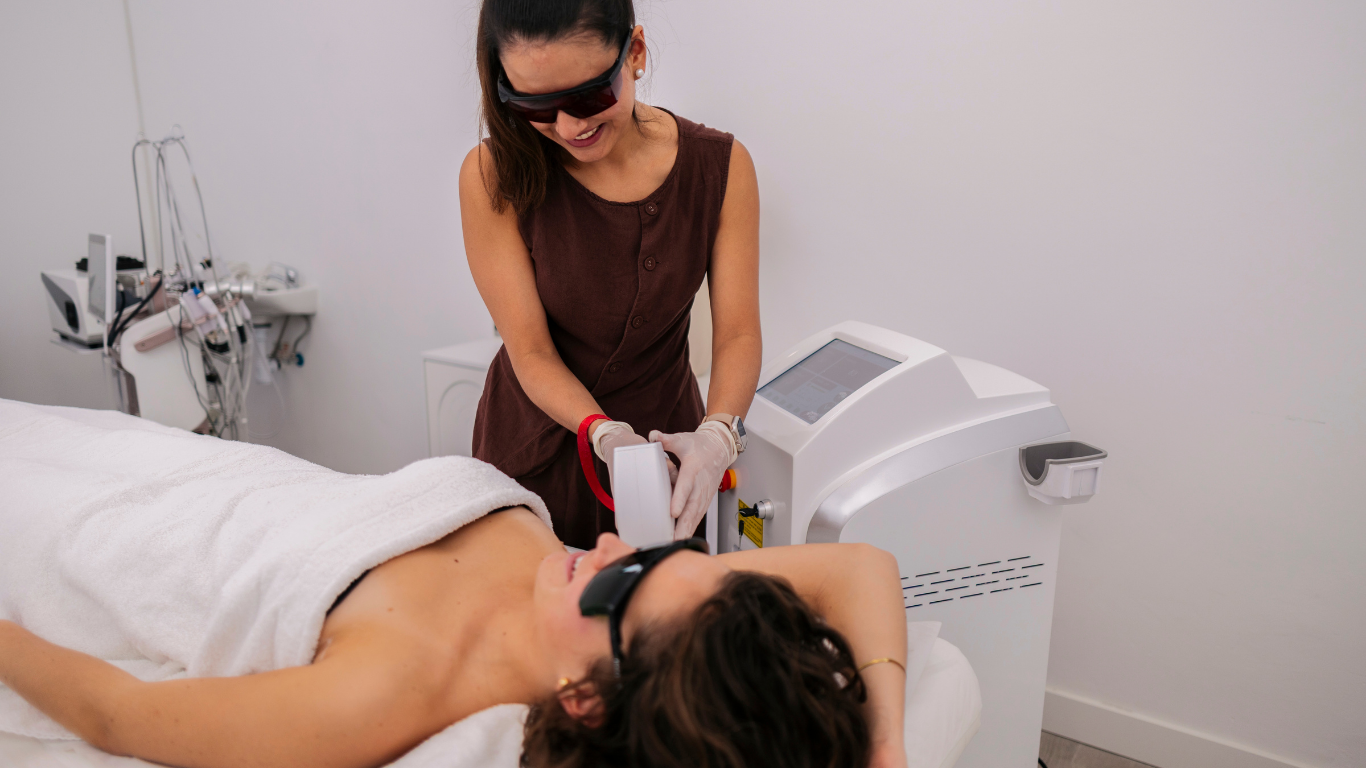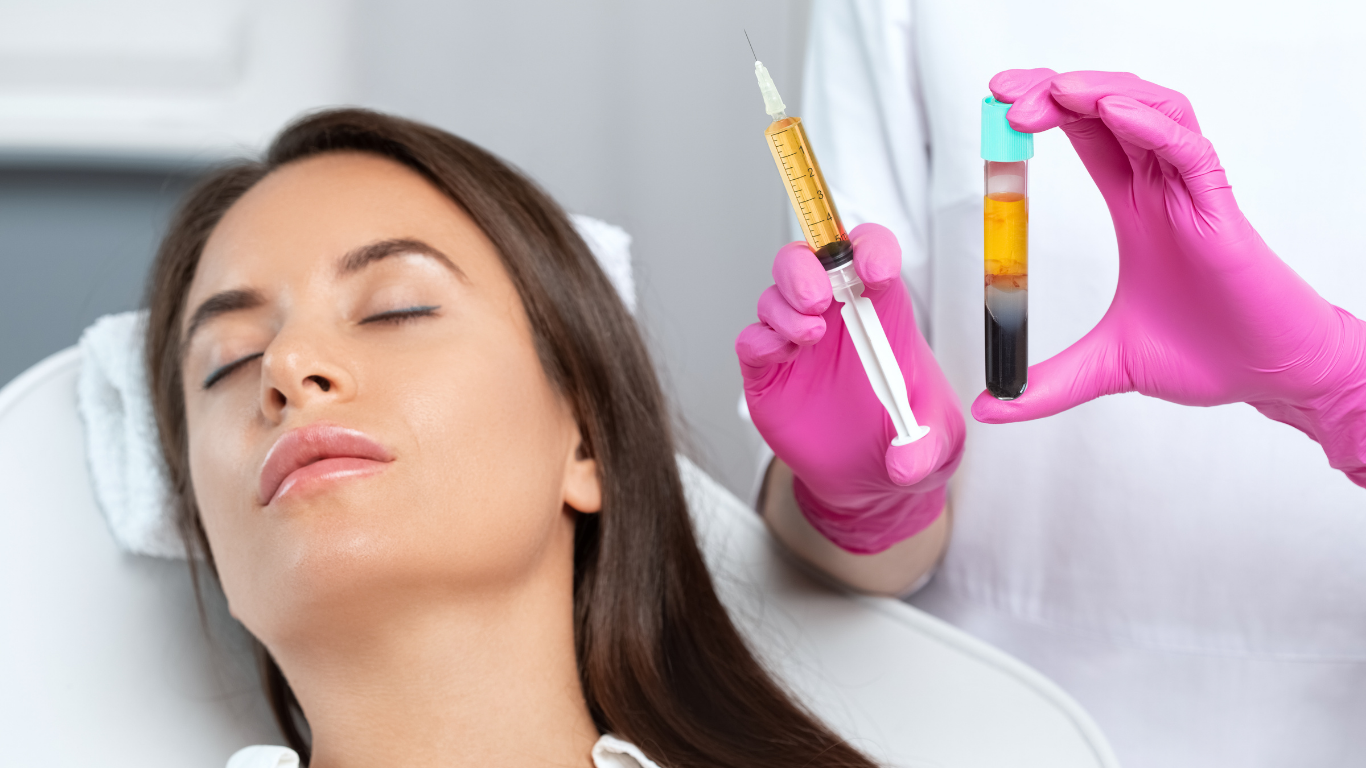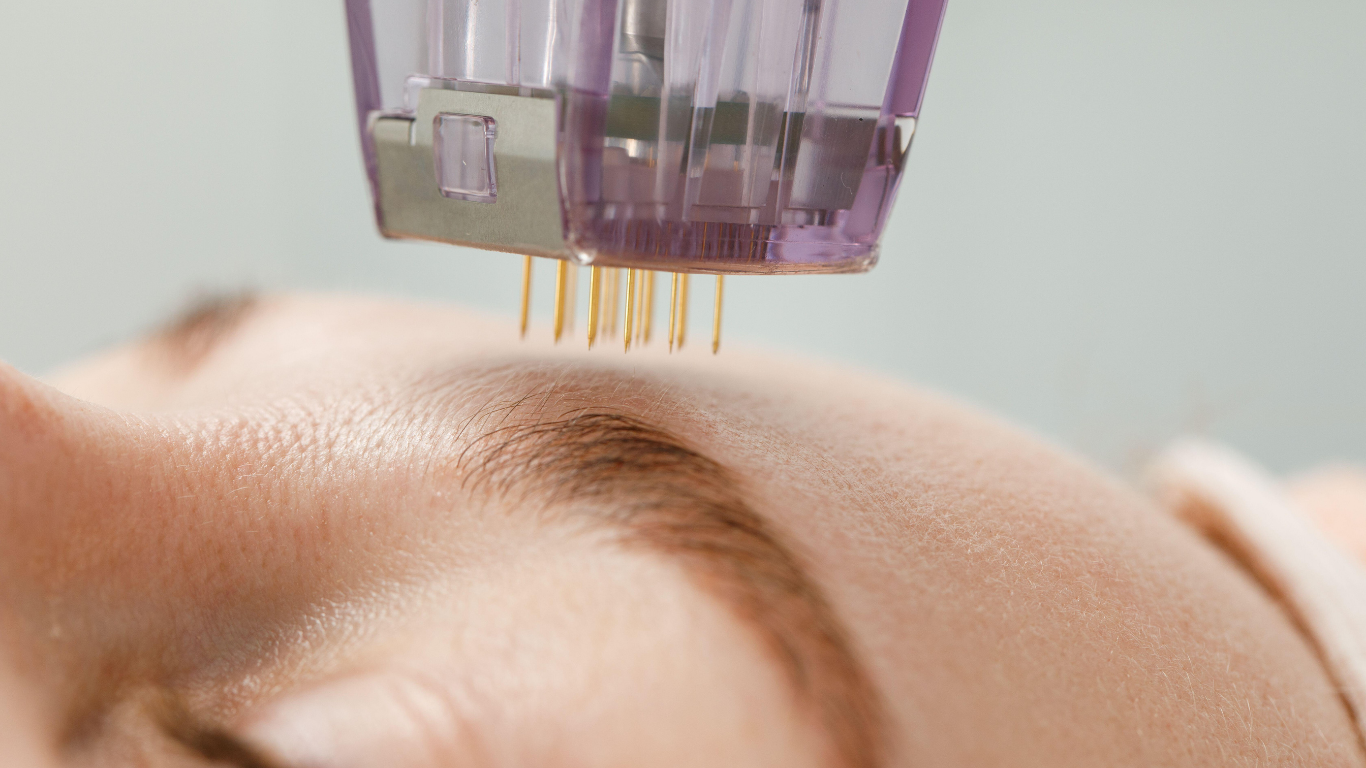How Often Should I Have Facial Injections?
Facial injections can be a great minimally-invasive aesthetic treatment to bring back a youthful glow to the face! Whether you are a novice or have obtained injection treatments, the question always remains: how often should you have facial injections? We will explore this and additional benefits for the treatments now. The Studio Med Spa provides fillers, Botox, and additional facial injection treatments to leave patients looking and feeling their absolute best!
Why Are People Getting Facial Injections?
With facial fillers accounting for more than 3.4 million procedures annually in the country, it’s no secret that many people are on the hunt for this aesthetic treatment. Facial fillers and other injection treatments can help combat the look of aging, particularly due to the fact that people begin to lose facial volume as they age. This can lead to lines, sagging, and a hollow appearance to some areas of the face. Facial injection treatments, particularly dermal fillers and Botox, can help restore some of the volume to the face, leading to a revitalized and youthful appearance.
These facial injection treatments have been deemed safe for use as well. Depending on the injection treatment, there can be a number of different results that come about. These injection treatments can work for all types of patients, particularly those who may want to address a problem area concerning age. Some of most common facial injection treatments include:
Botox-
This injection treatment is popular among many patients due to its ability to combat the appearance of fine lines and wrinkles. Botox helps to block nerve signals to certain muscles, which stops them from contracting. This treatment is often applied to areas of the forehead and glabellar area. Some of the additional benefits of Botox can include combating chronic migraines, jaw pain, and more.
Dermal fillers-
Dermal fillers can help fill in areas of lines and wrinkles, adding restorative volume to the face. This
aesthetic injection treatment can also help to enhance facial contours, which can boost any patient’s confidence. Dermal fillers can be used to enhance the lips, forehead, and other areas, including parts of the under eye.
What Are the Benefits of These Injection Treatments?
Many patients turn to the aid of facial injection treatments. This is for good reason, as there are many benefits that can come with getting a facial injection treatment done. Curious to learn more about the positive changes that can result from these treatments? Some of the benefits include:
Minimally Invasive
Facial injection treatments don’t require patients to go through any surgical process. The injection treatment is minimally invasive, and many patients are left able to go about their day afterward as well. Not only are injection treatments minimally invasive, but they don’t have long lasting side effects. In fact, many of the common side effects from facial injection treatments, such as swelling and bruising, subside within a few days.
Administered on the Same Day
Facial injections are administered rather quickly, taking anywhere between minutes to an hour or two. This means if you are on a busy schedule, getting facial injections won’t interrupt your day’s rhythm. With no downtime required, people who obtain these injection treatments are also in and out that very same day! Time can be a deciding factor when it comes to any cosmetic treatment. Luckily, these injection treatments offer excellent results with little actual procedure time needed!
Restorative Youthful Appearance
Of course, the main benefit of injection treatments such as dermal fillers and Botox are the results. If you are noticing your skin starting to hang or hollow in areas of the face, getting a facial injection treatment can help. The best part is that these types of aesthetic treatments provide long lasting results that can show for months. As an example, dermal fillers can provide amazing natural results for up to 12 months.
How Often Should I Receive Facial Injections?
Have you started the process of facial injections? Once you’ve obtained a facial injection treatment, you may now be wondering how often you should get them. On average, the results of dermal filler injections can last up to 12 months maximum. Botox can usually last between 3 to 4 months. Talking with a provider before starting facial injection treatments can also help to map out exactly how many injections you should be receiving in order to meet your own aesthetic goals.
However, maintenance injections are sometimes recommended in order to help the results of the facial injection keep. Some providers may recommend a facial injection treatment every 6 to 12 weeks, while some providers may recommend a longer period. It is important to talk with a provider to learn more. There may also be signs that it is time for another injection administration. For example, if it’s time for another facial filler treatment, you may see signs like:
- Diminished volume in the face
- Reappearance of lines and wrinkles
- Noticing the youthful effect is fading
Pay a Visit to The Studio Med Spa!
Facial injection treatments have steadily grown in popularity. These injections can be the answer to combat signs of aging and other facial problem areas that are putting a damper in your day-to-day life. Are you interested in learning more about dermal fillers, Botox, and other facial injection treatments? Visit or call The Studio Med Spa to book a consultation and learn more about facial injections! We look forward to helping new and returning patients to find the aesthetic facial injection treatment that helps them feel confident in their appearance!




